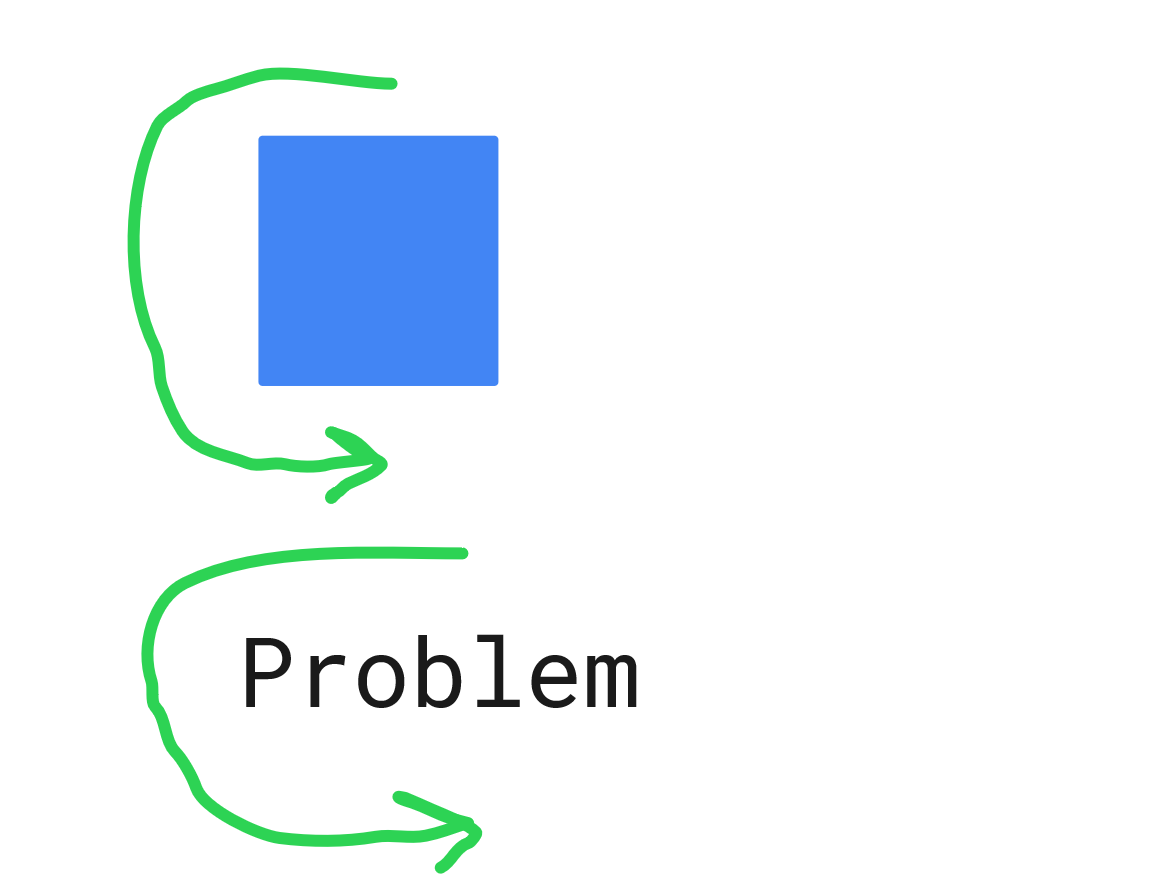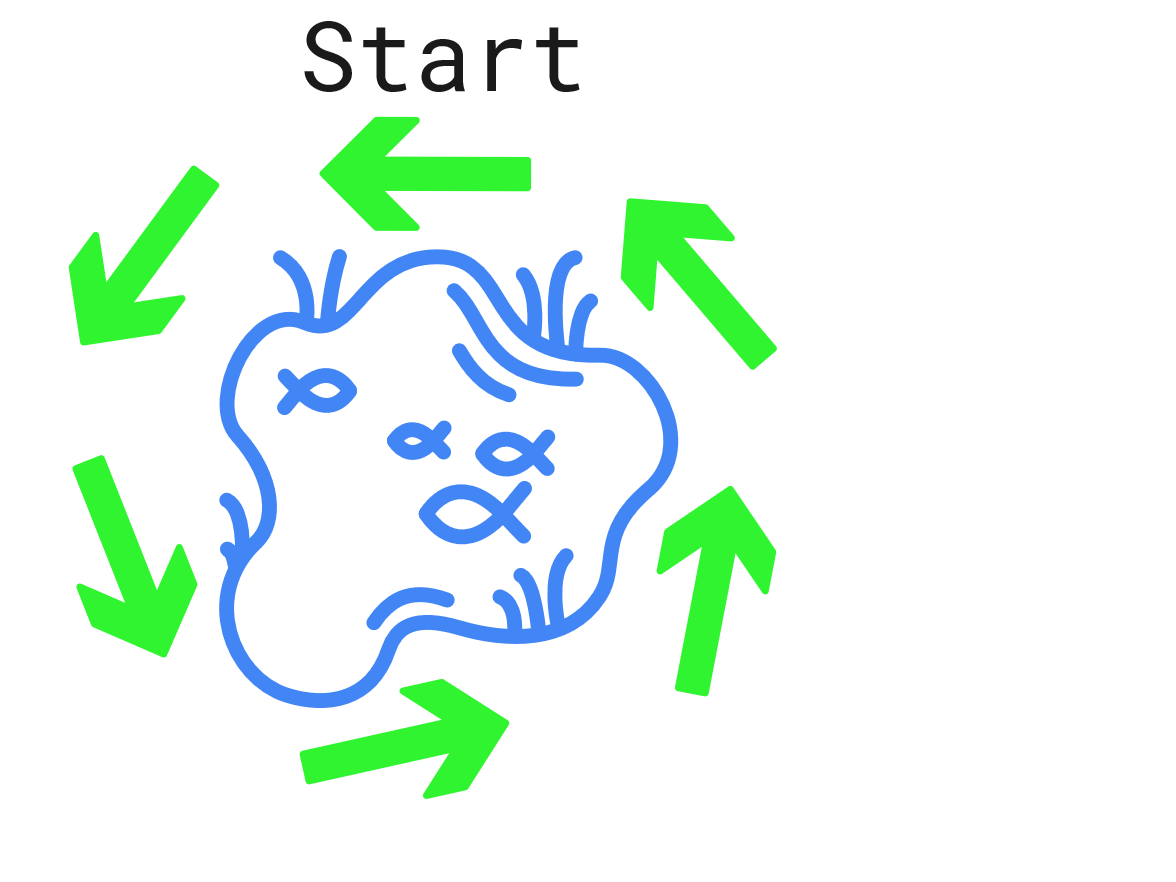How to Use Around - Prepositions
When you want to say that someone or something reached the other side of an obstacle, or is located there, the preposition to use is around. This rule covers both the category of space (direction, location, position, or place) and movement. Take a look at this example:
“My house is just around the corner from yours." - location
"When you get here, walk around the back of the house to the garden." - movement
In these sentences, the corner is the obstacle in location, the house is the obstacle in movement.
In this context, the obstacle that you need to move around does not always have to be a physical one - it could also be something abstract, like a problem at work that you need to 'get around' in order to solve. These two pictures can perhaps help demonstrate these two different uses of around:

You can also look around an obstacle to see what is on the other side of it.
For example:
“I peered around the door and saw James stealing a biscuit from the tin.”
“I looked around the corner and saw a bus coming, so I ran to the bus stop.”
However, around does not just mean the other side of something. It can also mean moving in a circle, specifically moving along the outer edge of something until you have returned to your starting point. For example, someone could say, “I ran around the lake.” That statement does not mean that they ran to the other side of the lake - it means that they ran in a full circle around the lake's outer edge until they ended up back where they started:
